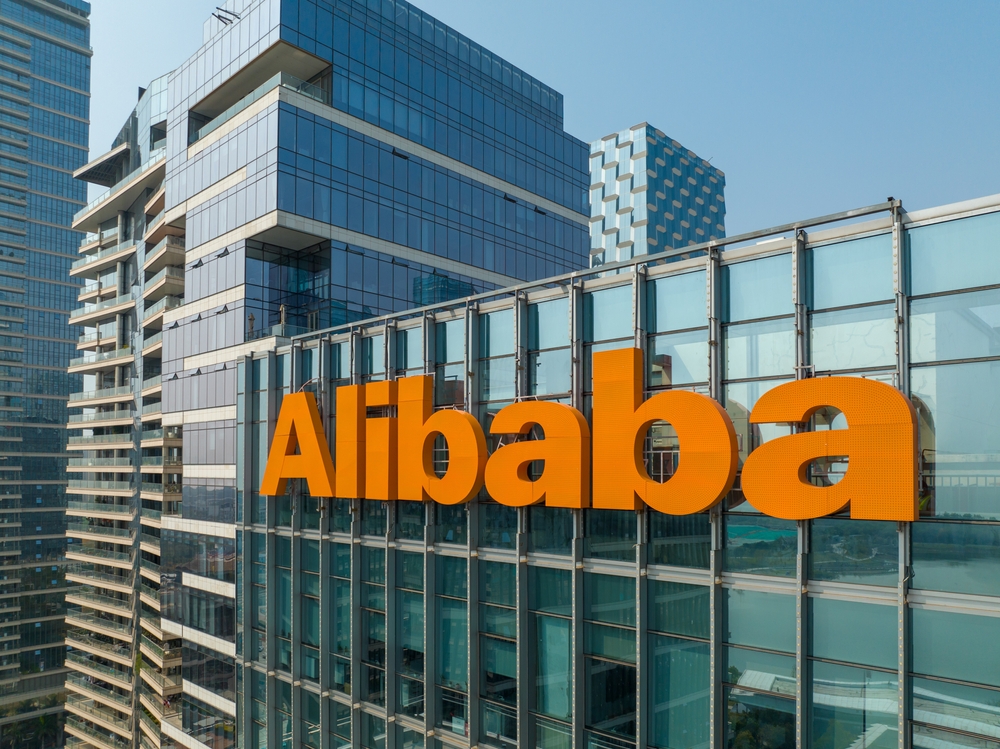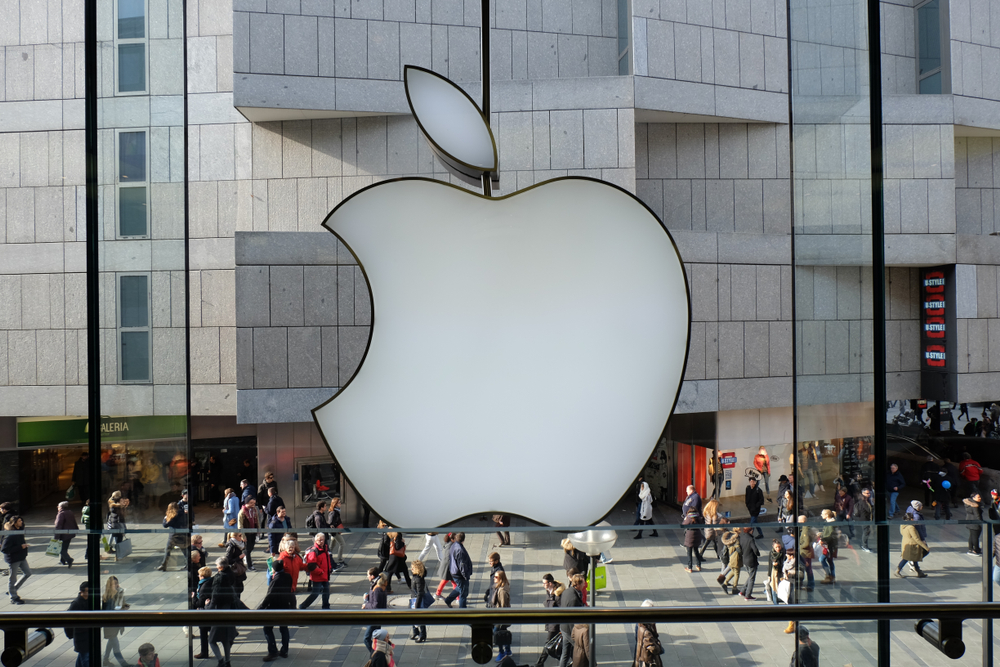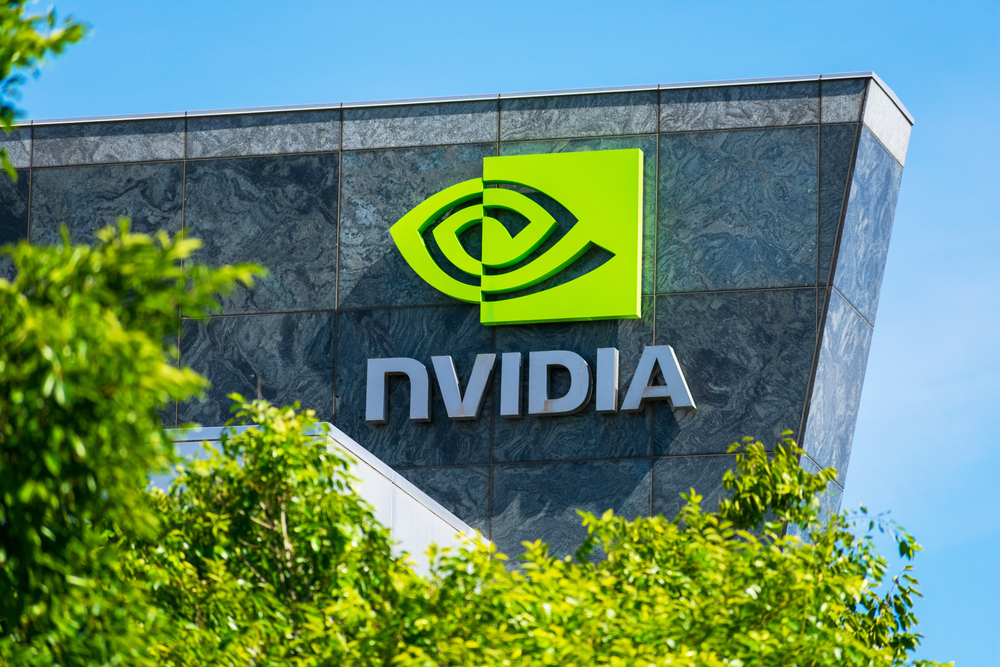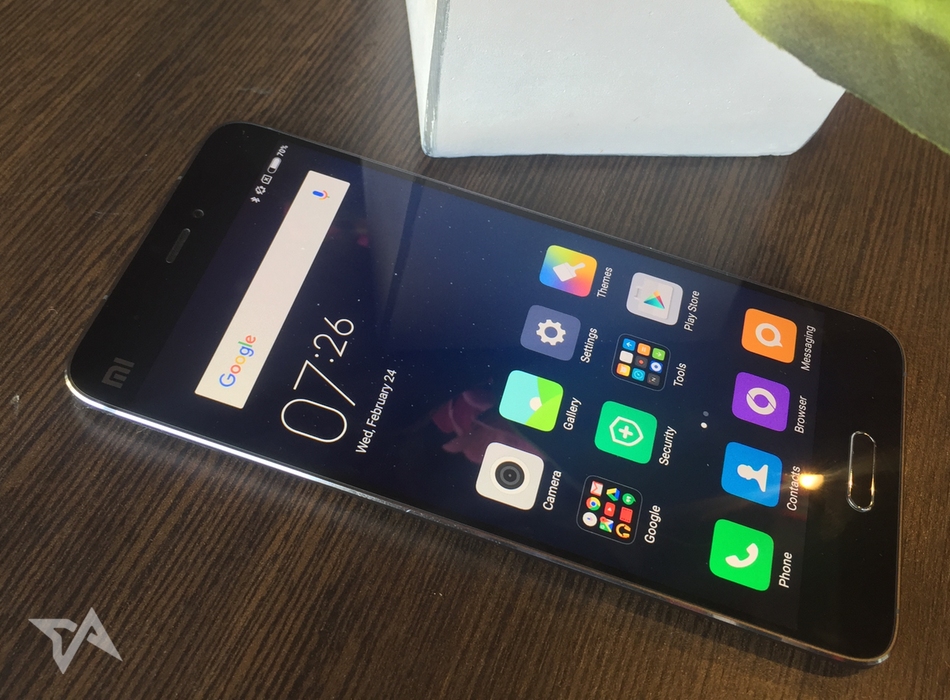
Xiaomi’s newest flagship, the Mi5, is not holding out well against pricier and classier rivals in China’s tough phone market.
The newest numbers in China’s ferocious smartphone market are in – and it’s looking really bad for Xiaomi. The Chinese startup is the biggest loser, dropping from first to fourth place as the former champ loses 38.4 percent of smartphone shipments in the past 12 months.
How did it come to this?
“For Xiaomi, it first created a lot of hype in the Chinese smartphone market when it started shipping smartphones. It was known as being disruptive, shipping phones with high specifications offered at a low cost,” says Tay Xiaohan, a senior market analyst at IDC speaking with Tech in Asia. It was also first in selling phones online through flash sales, creating a lot of hype and media attention when demand exceeded the supply of phones it could pump out.
“Due to its low cost, many consumers were interested in trying these phones out,” says Xiaohan.
But then every other company caught up.
“Thereafter, many other vendors followed suit, creating their online brand and selling phones online through their own website, etc. Selling phones online became normal then and did not gain much traction or attention from consumers anymore,” she adds.
And so Xiaomi, after usurping Samsung to lead the China market in 2014 and 2015, has itself just been dethroned by Huawei, which is the new number one in IDC’s data.
It’s not me, it’s you
To see how Xiaomi’s divergence from Chinese consumers played out, you only need to look at the average selling price of new smartphones in China.
As China hits peak smartphone, a significant number of people have been trading up, pushing up the average selling price of new mobiles in the country. It looks like this:

The average new smartphone in China in 2013 costed just US$207 as most people opted for cheap models. That suited Xiaomi with its best-selling Redmi phones ranging from US$105 to US$150. But then, by 2015, IDC figures show that shoppers typically splashed US$257 per new smartphone as more shifted to pricier devices, including some opting for the iPhone 6. At that price point, Xiaomi’s most important phones had been left behind by shoppers.
“While users are slowly moving upstream, there are still significant volumes seen in the low-end market,” observes Xiaohan.
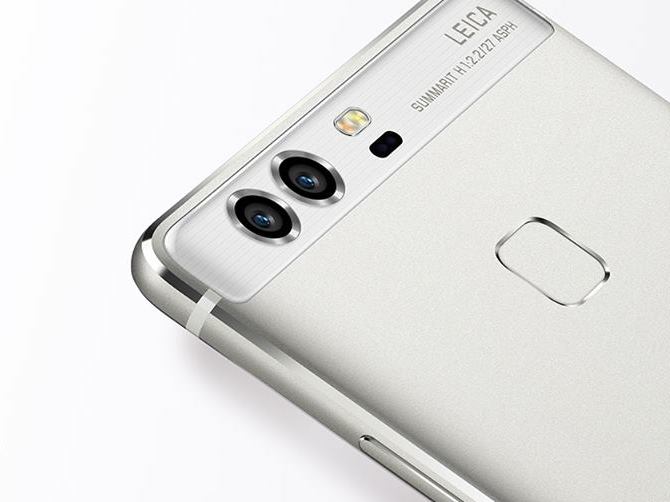
The new Huawei P9, which costs from US$640, is propelling the Chinese tech giant to the top of the country’s smartphone battle at a time when Chinese consumers are spending more than ever on their smartphones. Photo credit: Huawei.
Xiaomi does have pricier phones, such as the Mi5 from US$270, but there are fewer choices for consumers in its upper ranges. And at a time when Chinese phone owners are going upmarket, Xiaomi’s top-end model, the big-screened Mi Note, has had no refresh for 19 months, putting it a odds with the usual annual upgrade cycle that shoppers now expect of smartphones.
Xiaomi lacks an upgrade route.
It’s also notable that the new top three in China’s smartphone segment – Huawei, Oppo, and Vivo, in that order – have an array of models above US$300 and even US$500, which is more like where the market is heading this year.
“Huawei also has some products in the low-cost market,” counters Xiaohan. “[I]f I make a comparison between [it and Xiaomi], I would say at this point a user may prefer to buy a Huawei over a Xiaomi given its stronger branding and it’s better known for better quality products. Many were interested to try Xiaomi at the start given that it’s low cost, etc. But there are now many other low cost options in the market today.”
As seen on TV
That’s why the analyst is not surprised that people have shifted to Huawei. “Given that the Chinese smartphone market is driven mainly by replacement users, Vivo, Oppo, and Huawei offer mid-range products that do resonate with these consumers.”
But Xiaomi lacks an upgrade route.
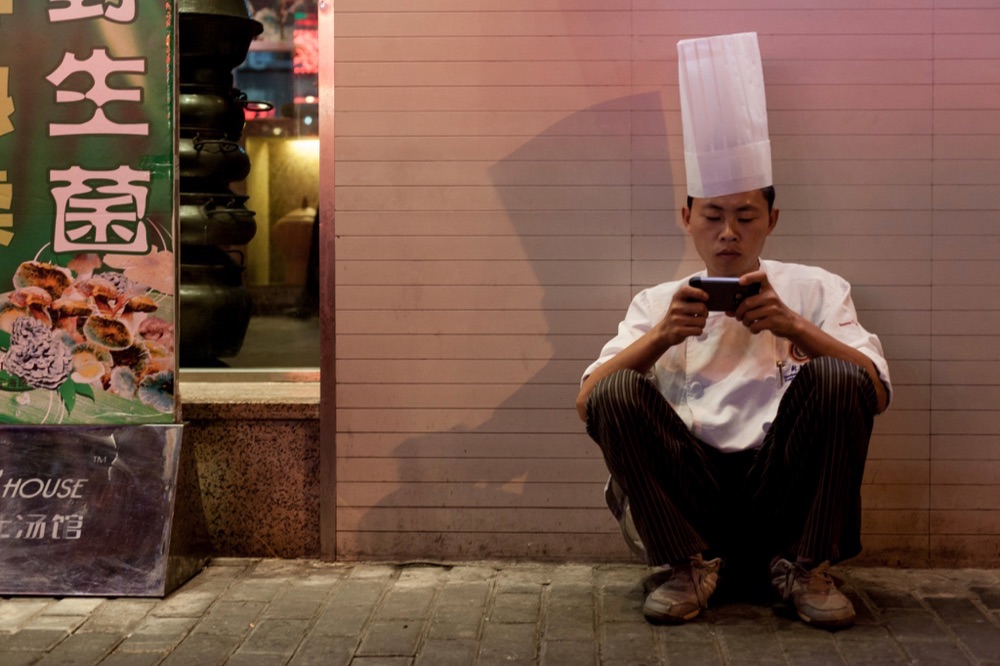
A man plays a game during his work break. Photo credit: Jens Schott Knudsen.
And so Chinese shoppers, notorious – or acclaimed, depending on how you look at it – for their lack of brand loyalty, are moving up to other makers once it comes time to hand the Xiaomi over to grandma. That’s kinda like what happened to Nokia as the smartphone boom began.
Xiaomi is also seeing other things it does fall out of favor with consumers.
China’s new smartphone triumvirate is undoing the internet-first ploy that Xiaomi pioneered – how it sold its phones online and then marketed them for free via social media. Huawei et al are instead rocking it old-skool with TV and billboard ads, celebrity endorsements, soccer team sponsorships – the full 20th-century spiel. Huawei’s latest catch is Scarlett Johansson.

Scarlett Johansson in an ad showing off the Huawei P9’s dual camera. It’s a feature reportedly coming next month to the iPhone 7 or 7 Plus. GIF by Tech in Asia.
As a result, China’s new top three have branding that’s “pretty strong,” reckons Xiaohan.
And there’s also the threat of the iPhone 7, due next month, which could revive flagging interest in Apple’s smartphone.
It’s now clear that Xiaomi, left behind by so many Chinese smartphone owners, is in for a rough year – one that will be a huge shock to the multi-billion-dollar startup that only launched its first phone in 2011. The Beijing-based company is learning that its shtick of competing solely on price cannot go on forever.
Pointing to Huawei’s tie-up with Leica for the camera in the P9, Xiaohan believes that phone makers now need to work harder than ever to woo Chinese consumers. They must, she says, “try to find some key technological advancement and highlight that in their marketing message to stand out from their other competitors.”
Converted from Chinese yuan. Rate: US$1 = RMB 6.65.
Xiaomi (小米科技)
Xiaomi is a privately-owned company that designs, develops, and sells mobile phones and consumer electronics.
- Location
- China
- Founded
- 2010
- Employees
- 5,001 – 10,000
- Website
- www.mi.com
- Latest Funding
- Unspecified Stage
- Hiring
- 0 positions
Recommended reads
 Cold chain turns TreeDots’ 2023 red hot
Cold chain turns TreeDots’ 2023 red hot Chipmaker TSMC boosts US investment to $65b with $6.6b grant
Chipmaker TSMC boosts US investment to $65b with $6.6b grant Apple in talks with Baidu on AI partnership: report
Apple in talks with Baidu on AI partnership: report GoTo to divest Tokopedia’s logistics unit in Q2 2024
GoTo to divest Tokopedia’s logistics unit in Q2 2024 Sea’s Q1 results a ‘strong start’ to 2024
Sea’s Q1 results a ‘strong start’ to 2024 Alibaba bumps up revenue by 7%, sees 13% increase in operating profits in Q4
Alibaba bumps up revenue by 7%, sees 13% increase in operating profits in Q4 Apple CEO Tim Cook to visit Indonesia for potential investments
Apple CEO Tim Cook to visit Indonesia for potential investments Nvidia achieves record revenue on back of demand for genAI
Nvidia achieves record revenue on back of demand for genAI Xiaomi jots down 50,000 orders in 30 minutes in maiden EV’s launch
Xiaomi jots down 50,000 orders in 30 minutes in maiden EV’s launch Grab’s future: AI, automation, and maybe no drivers?
Grab’s future: AI, automation, and maybe no drivers?
Editing by Judith Balea and Nivedita Bhattacharjee
(And yes, we’re serious about ethics and transparency. More information here.)





